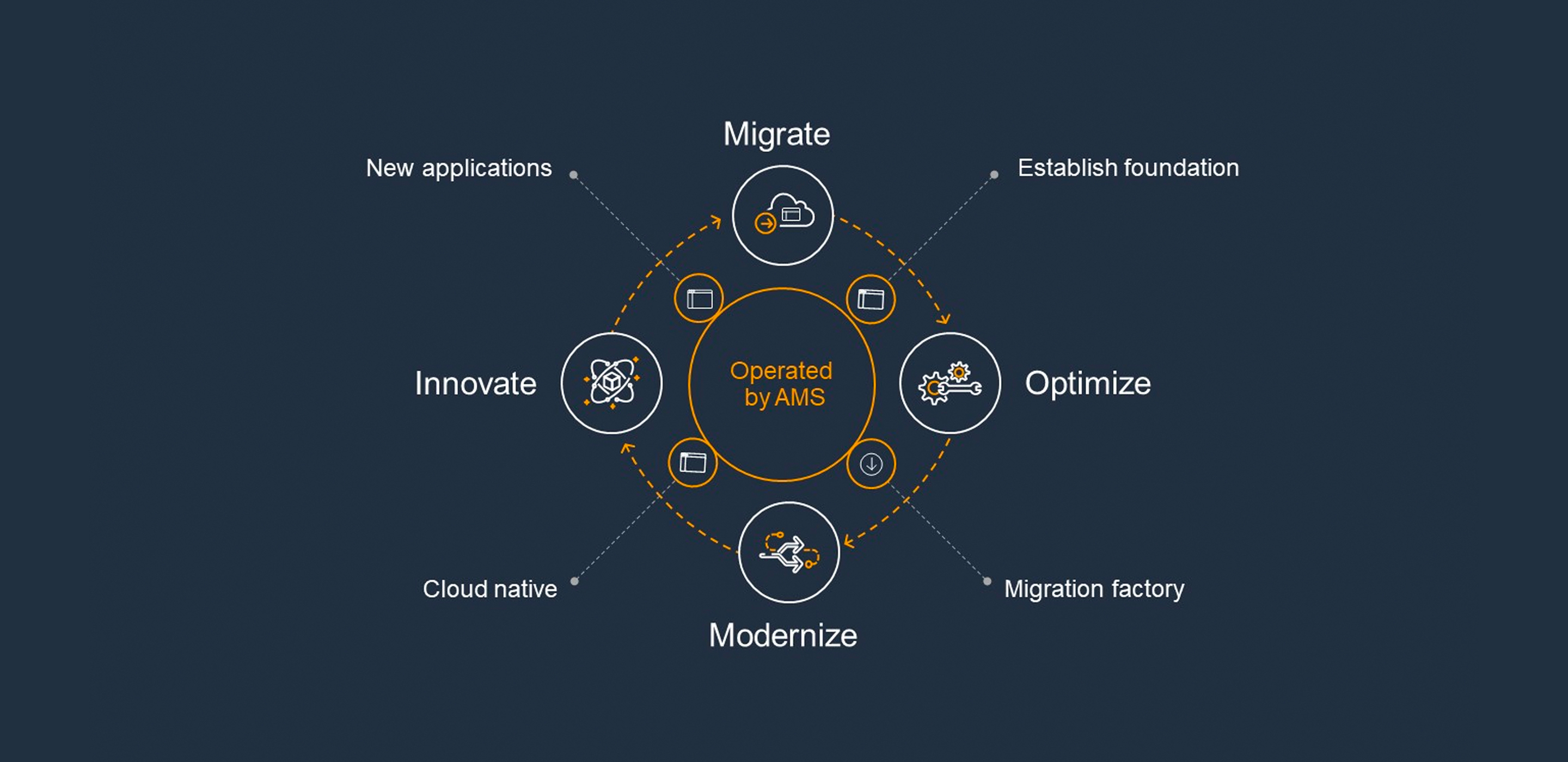
Wijaya Newspapers
Cloud Migration & Infrastructure Designing
Amazon Web Services
Journalism
From humble beginnings in 1979, WNL has rapidly grown to become the leading newspaper group in Sri Lanka recording the highest annual turnover..
Lankadeepa, The Daily Mirror, The Sunday Times, The Daily FT and Ada are some of WNLs leading publications. Over the past decade, winning coveted National Awards such as SLIM-Nielsen, Superbrand, Editors Guild and Sri Lanka Association of Printers have become a norm for WNLs newspapers and staff.

Additional infrastructure came at a cost and that meant a significant investment was required in terms of capital to purchase the servers and other pieces of hardware. Additional hardware led to a requirement of hiring new IT personnel or allocating existing staff’s time to maintain the hardware. On top of this, the sufficiency and dependability of on-premises storage was a question that needed to be addressed as the availability and security of media related data was of paramount importance.
On one hand, online news was gaining in popularity and user bases were hitting record highs. On the other, competition for market share was building with other media agencies also aggressively taking to online news. Furthermore, online news users remained loyal to the portal that was easily accessible and made news available the fastest. Maintaining uptime was therefore crucial for business continuity and a solid hosting infrastructure was the need of the hour. It was in such a landscape that WNL realized that turning to cloud platforms was their best bet.
Towards the latter half of 2014, after conducting due diligence on leading public cloud service providers, WNL engaged with Saberion Pvt Ltd., an APN Consulting Partner to manage and maintain their infrastructure on Amazon Web Services (AWS). AWS provided means to counter all infrastructure related issues that WNL was facing at the time.
Elastic Compute Cloud (EC2) and Relational Database Service (RDS) were scalable options for hosting web servers and database servers respectively. These services came in many sizes and types of instances to choose from; each different from the other in terms of virtual hardware specifications. Elastic Load Balancer (ELB) was an attractive option for managing inbound traffic on which Auto Scaling could also be applied. Simple Storage Service (S3) provided a cost effective and secure option for storing current and historic data.
As a provider of news content, WNL was also keen on investing in a Content Delivery Network (CDN) to ensure that content was well distributed and readily available for the end user. Amazons’ Cloudfront qualified as a suitable Content Delivery Network (CDN) option for WNL to fulfill this need. Cloudfront can be used in combination for caching static assets and full websites for easy retrieval.
In addition to the services, AWS also provided attractive on-demand billing schemes which were well suited for WNL given their history of capital investment on depreciating hardware. Furthermore, this pay-as-you-go model eliminated the undesired risks and consequences related to sunk costs.

The first and most important task during the migration phase was reviewing the source bases of the WNL web properties and making them cloud-ready. This task focused on using plugins that supported the distributed nature of AWS. Switching from disk-based storage to S3, from master only databases to master – slave environments, from single node web servers to load balanced environments were some of the key areas of focus.
The reviewed and restructured source bases were then moved to Multi-AZ EC2 arrangements sitting behind ELBs. The Multi-AZ RDS instances along with Read-Replicas were used as database hosts. S3 buckets were used as central static asset storages for all web properties summing up to over 2TB. Overall, the migration resulted in the adoption of distributed services whereby compute, database and storage were decoupled.
Given the minute-level fluctuating nature of inbound traffic related to online media, a distributed CDN was required to ensure the smooth delivery of web content. Cloudfront was therefore introduced to cache web pages and static assets from the EC2/ELB setup and S3 respectively.
Adhering to Amazons’ Well Architected Framework eliminated all single points of failure, thereby contributing to High Availability (HA) and Fault Tolerance. The EC2/ELB setup together with RDS made scaling either horizontally or vertically to demand as convenient as clicking a few buttons. S3 provided cost-effective means for easy storage and retrieval while also promising high durability and availability
While the above components set a solid base for the hosting environment, Cloudfront was used for most of the heavy lifting. Not only did Cloudfront act as the buffer that shielded the hosting environment from the overwhelming traffic that is directed at the WNL websites, it also improved the performance of the websites by significantly lowering the download times. As a result, WNL has since thrived at delivering content in an unmatched manner during seasonal and sudden traffic peaks.
Online coverage of the Presidential Elections in 2019 was an excellent opportunity for WNL to showcase their newly developed strength. Analytics revealed over 35,000 unique concurrent user sessions for dailymirror.lk and 30,000 unique concurrent user sessions for lankadeepa.lk during the highest recorded traffic peaks. No downtimes were experienced throughout the coverage of the elections. This feat was made possible mainly through the adoption of Cloudfront and the adherence to Amazons’ Well Architected Framework.
Overall, by choosing to migrate to AWS, WNL has managed to extend the existing reputation of its print media to its online media as well. It is now better positioned as an online media entity to generate revenue by attracting advertisers. Adopting the cloud has enabled WNL to keep their priorities fixed on their journalistic missions than on the cost and maintenance of physical hardware.